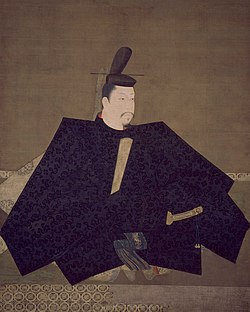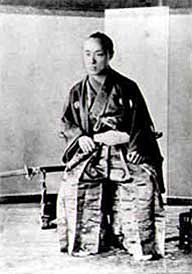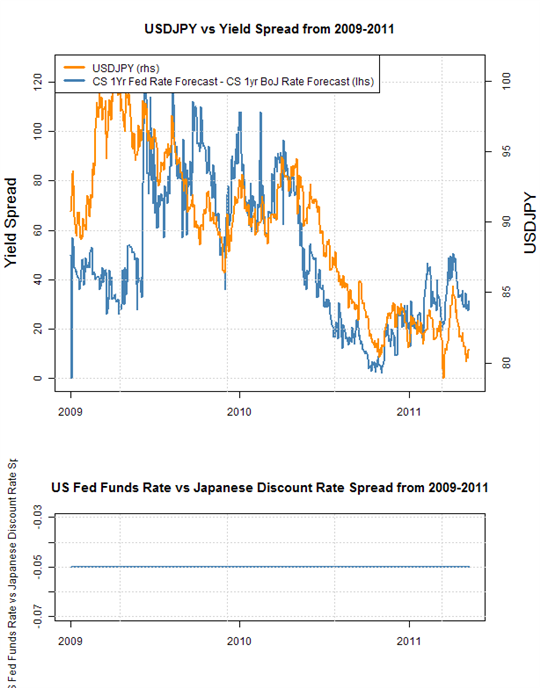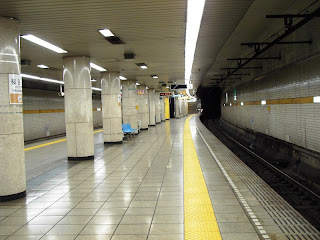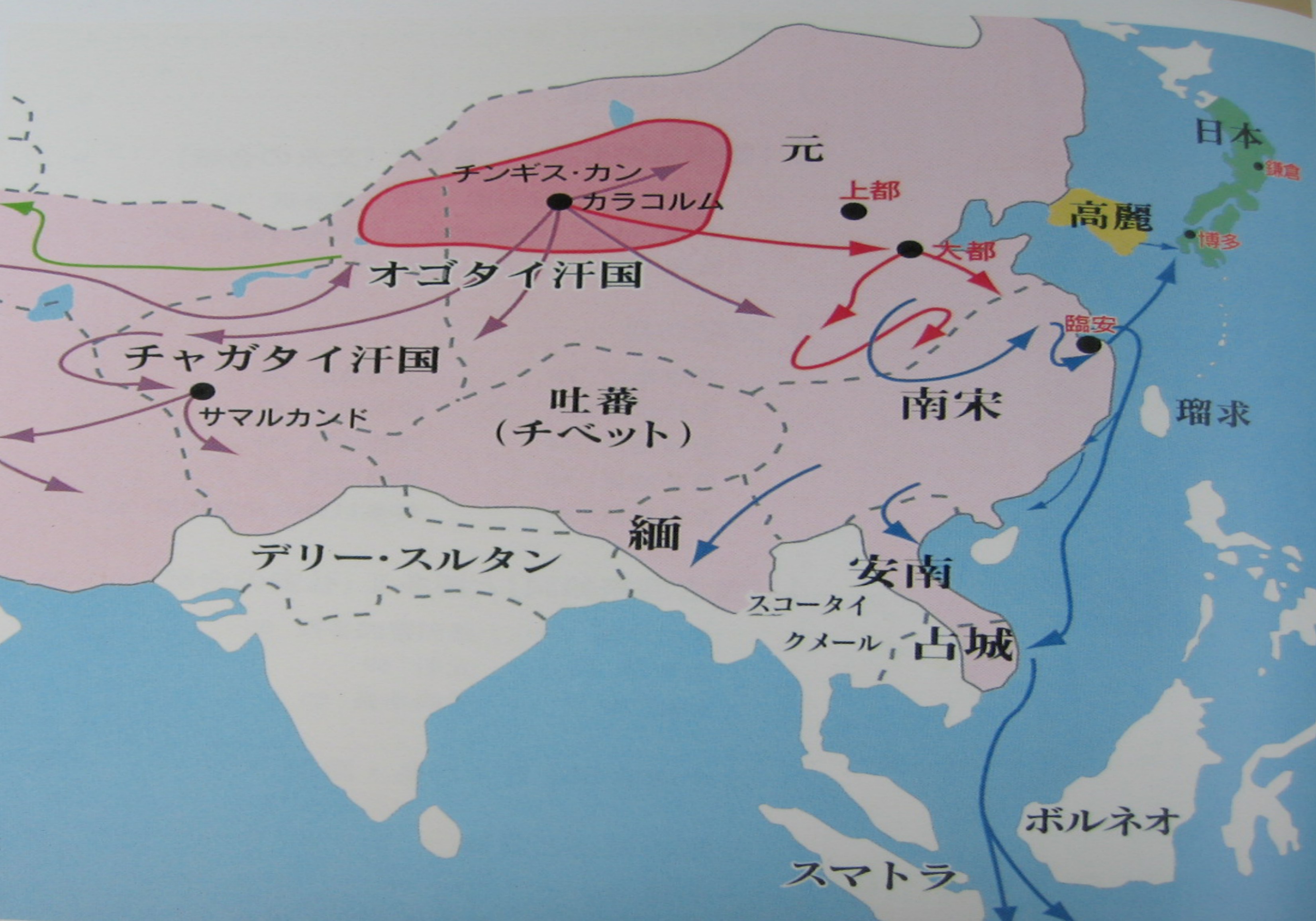2010 but not 2060
With Hiroshima and Nagasaki, WWII ended. With Chernobyl, the Cold War ended. Then, is what going to be ended with Fukushima Daiichi?

https://www.cartoonstock.com/directory/e/end_is_near.asp
Second Coming of Christ Already Started in 2010
Newton calculated that the Second Coming of Lord Jesus should be later than 2060.
Newton thought that the Advent would occur 1260 years after the time when the Vatican revived the Roman Empire. He judged that the time was 800, so that he obtained the year 2060.
800 + 1260 = 2060
But, is the time really 800 when Pope Leo III crowned Charlemagne Emperor of the Holy Roman Empire in Saint Peter's Basilica in Rome? It is controversial.
http://eereporter.blogspot.com/2011/08/have-ye-your-heart-yet-hardened.htmlIn my calculation the Second Coming of Christ Jesus should be around 2010, since 750 must be used in lieu of 800: 750 + 1260 = 2010.
Anyway, it looks like that something bad will happen when the end of times is approaching. For some, WWI was the sign. For others, WWII was the sign. And, for the rest, 2001 and 2008 must be. But, for believers it must be 2010 rather than Newton's 2060.
So, the year 750 must be the starting point for Newton's calculation of adding 1260 to obtain the year of the Second Advent. Accordingly, we can get 2010 as 750 + 1260 = 2010...
Although the city (Pella in Palestine where early Christians fled) was still inhabited as late as the tenth Century CE, it was the deadly earthquake of CE 747 that ended its long history as a city of major influence in the region.
http://eereporter.blogspot.com/2011/08/blog-post_21.html
720 - The second oldest exisiting imperial chronicle and myth of Japan called Nihon Shoki (Record of Japan) was compiled following an imperial order. This book has become one of major documentary resources for shintoism.
752 - The world's largest bronze statue of the Buddha, called "Daibutsu" in Japanese, was built in Heijyo-kyo (Nara City), following an imperial order.
http://eereporter.blogspot.com/2011/08/having-eyes-see-ye-not.html
"(Islamic) Golden Age" (750–1258)
Under the Abbasids, Islamic civilization flourished in the "Islamic Golden Age", with its capital at the cosmopolitan city of Baghdad.
http://eereporter.blogspot.com/2011/08/have-ye-your-heart-yet-hardened.htmlAs for the base number 1260, how Newton discovered it might be a little interesting:
"So then the time times & half a time are 42 months or 1260 days or three years & an half, recconing twelve months to a yeare & 30 days to a month as was done in the Calendar of the primitive year. And the days of short lived Beasts being put for the years of lived [sic for “long lived”] kingdoms, the period of 1260 days, if dated from the complete conquest of the three kings A.C. 800, will end A.C. 2060. It may end later, but I see no reason for its ending sooner. This I mention not to assert when the time of the end shall be, but to put a stop to the rash conjectures of fancifull men who are frequently predicting the time of the end, & by doing so bring the sacred prophesies into discredit as often as their predictions fail. Christ comes as a thief in the night, & it is not for us to know the times & seasons wch God hath put into his own breast."
Clearly Newton's mathematical prediction of the end of the world is one derived from his interpretation of not only scripture, but also one based upon his theological viewpoint regarding specific chronological dates and events as he saw them.
Newton may not have been referring to the post 2060 event as a destructive act resulting in the annihilation of the globe and its inhabitants, but rather one in which he believed the world, as he saw it, was to be replaced with a new one based upon a transition to an era of divinely inspired peace. In Christian and Islamic theology this concept is often referred to as The Second Coming of Jesus Christ and the establishment of The Kingdom of God on Earth. In a separate manuscript,[19] Isaac Newton paraphrases Revelation 21 and 22 and relates the post 2060 events by writing...
http://en.wikipedia.org/wiki/Isaac_Newton%27s_occult_studies#2060But as I pointed, not 800 but 750 should be adopted for the holy calculation of 1260 + N.
It is so, since around 750 (i) the last remnant of the early Christians in Pella disappeared though they had fled there from Jerusalem during the war against Romans , (ii) the Japanese imperial court consolidated its religious authority by building the world largest bronze statute of the Buddha and compiled the imperial history book, and (iii) the Islamic Golden Age began.
Furthermore, around 750 is important in the relationship between China and the Islamic world.
The Battle of Talas (or Battle of Artlakh in 751 AD was a conflict between the Arab Abbasid Caliphate and the Chinese Tang Dynasty (together with variously involved Central Asian peoples and nations, associated with the geographical territory involved, in this consideration) for control of the Syr Darya. On July 751, The Abbasids started a massive attack against the Chinese on the banks of the Talas river; The Arab army (200,000 Muslim troops according to Chinese estimates though these numbers are almost certainly exaggerated) met the combined army of 10,000 Tang Chinese and 20,000 Karluks mercenary (Arab records put the Chinese forces at 100,000 also an exaggeration). Out of 10,000 Tang troops, only 2000 managed to return from Talas to their territory in Central Asia....
The Battle of Talas was key event in the history of paper - the technological transmission of the paper-making process. After the battle of Talas, knowledgeable Chinese prisoners of war were ordered to produce paper in Samarkand, or so the story goes.[15] In fact, high quality paper had been known – and made – in Central Asia for centuries; a letter on paper survives from the fourth century to a merchant in Samarkand. But the Islamic conquest of Central Asia in the late seventh and early eighth centuries opened up this knowledge for the first time to what became the Muslim world, and so by the year 794 AD, paper manufacturing could be found in Baghdad, modern-day Iraq. The technology of paper making was thus transmitted to and revolutionised the Islamic world, and later the European West.
http://en.wikipedia.org/wiki/Battle_of_TalasThrough paper, the years around 750 have significance even in the European history.
It is also important that 750 is half of 1500. Around 1500, Columbus discovered the New World America while Judaists were driven out of Spain to settle in Galilee and other cities in the east of the Mediterranean. The Vatican also started to be challenged by Luther and so on. In the context of the history of successors of the Western Roman Empire, the year 1500 was very important. And, 750 is just a half of 1500.
And around 1750, the British Empire started to emerge with its English East India Company establishing hegemony all over India and with some practical inventions such as steam locomotives. Indeed, it was the start point of an era leading to WWI and WWII.
In summary,
0 to 750: Early Christianity Failed
750 to 1500: The Vatican Failed
1500 to 1750: European Protestant Failed
1750 to 2000: American Christianity Failed
2010: Start of the Second Coming of the Son of God
(to be continued...)
*** *** *** ***
There once lived one notable author in Japan who was born in 1896 when the 1896 Meiji-Sanriku earthquake and tsunami occurred and died in 1933 when the 1933 Showa-Sanriku earthquake and tsunami occurred.
Till the M9.0 great earthquake and tsunami occurred this March, the said two earthquakes/tsunamis were the most devastating ones in the Sanriku region, north east part of Honshu Island of Japan.
The author Kenji Miyazawa is still the most loved author in Japan, since he wrote some humane fantasies and left impressive phrases in the history of the Japanese literature.
Kenji Miyazawa: "A man is happy when he is doing a truly good thing."
(Access to this blog is today mostly from the U.S., Russia, India, Ukraine, Brazil, Canada, Germany, France, the UK, etc.)
Joh 10:29 My Father, which gave them me, is greater than all; and no man is able to pluck them out of my Father's hand.
Joh 10:30 I and my Father are one.




